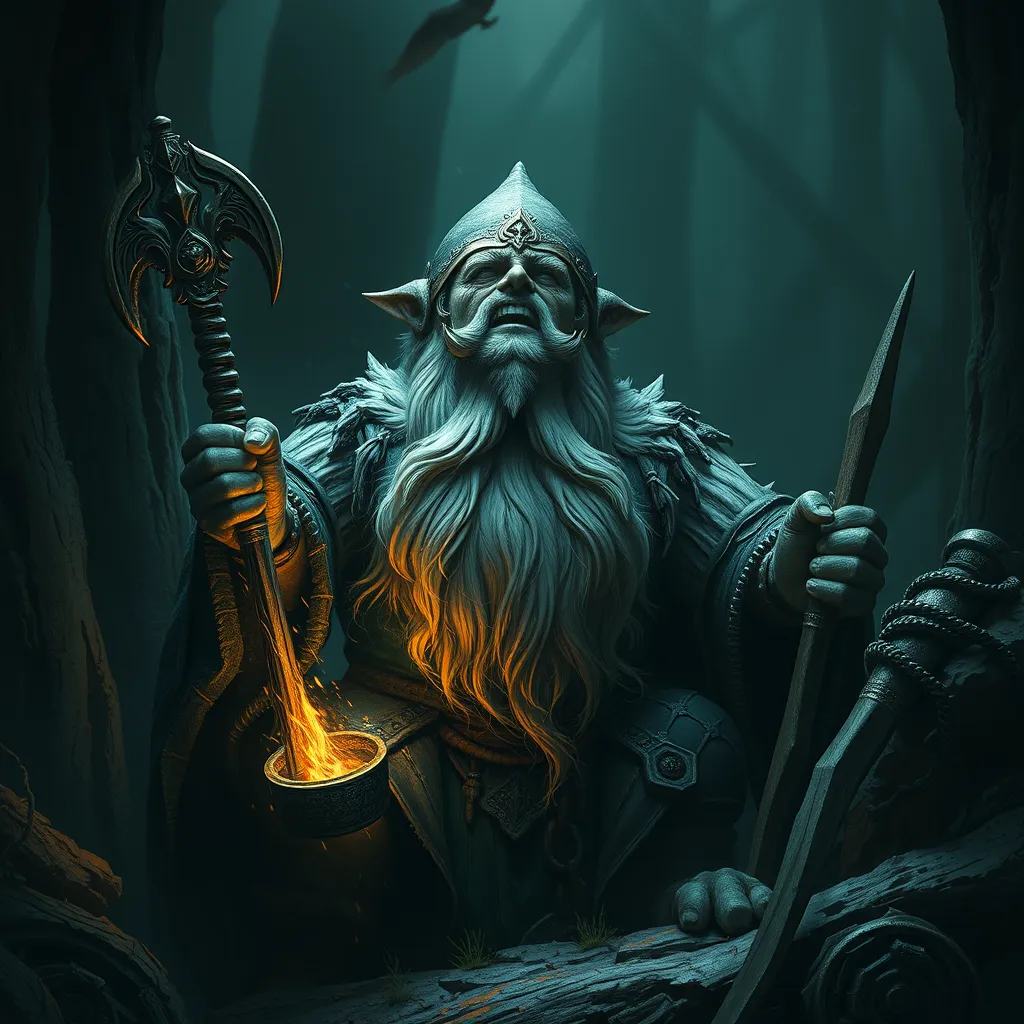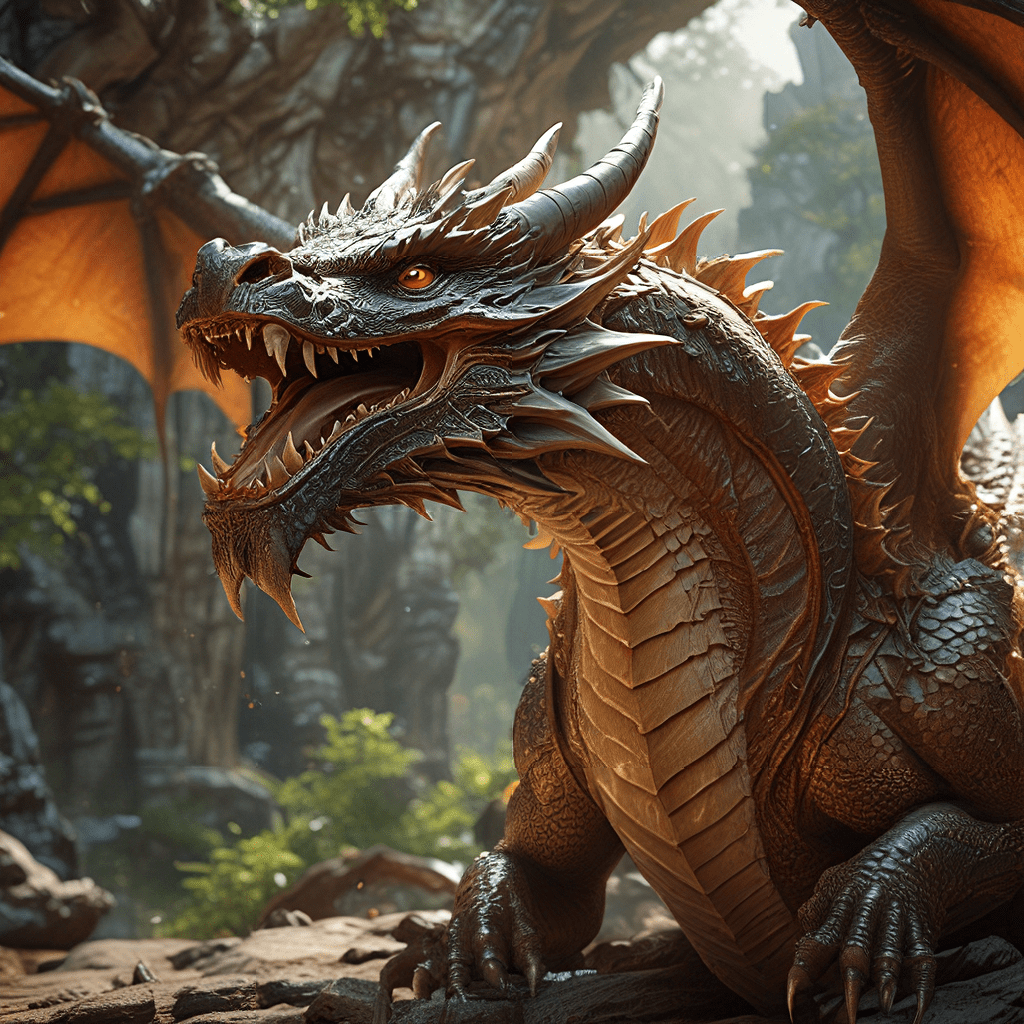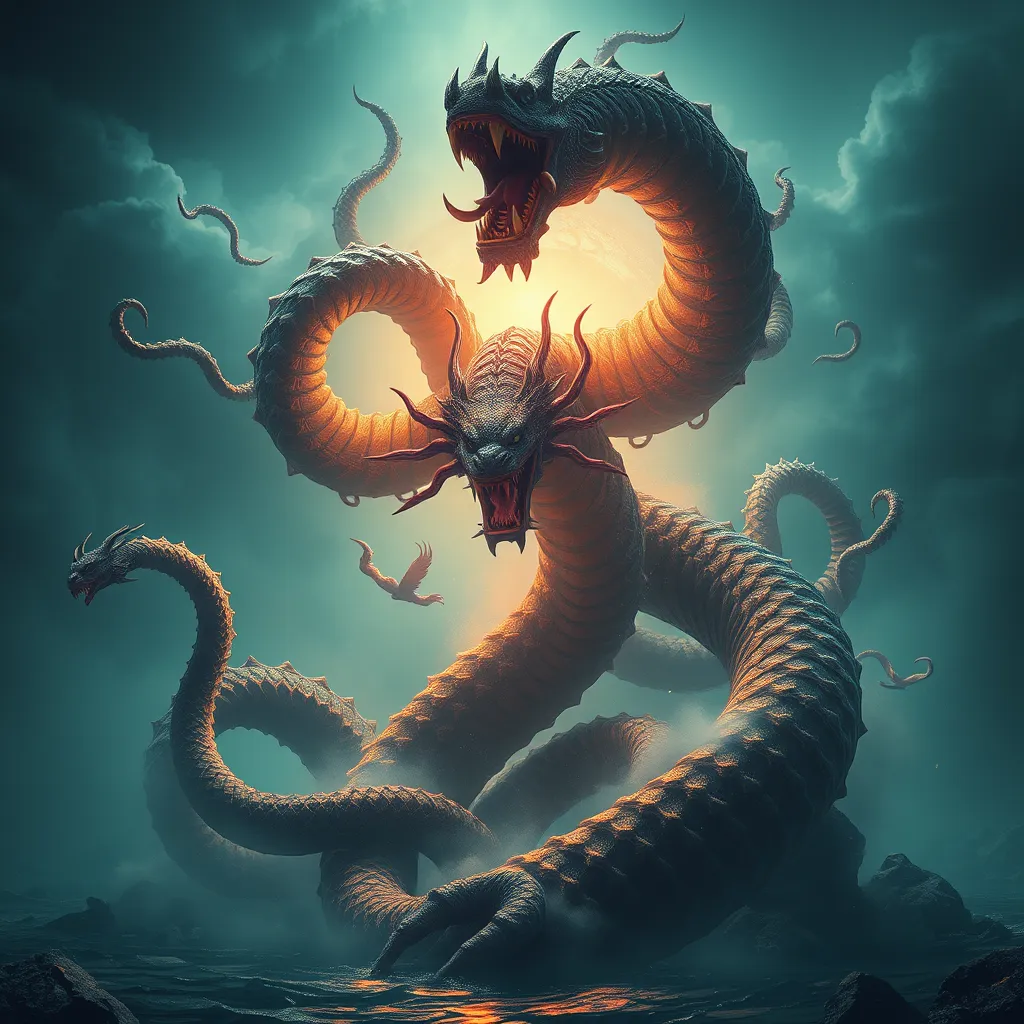The Dwarven Phenomenon: Exploring the Reasons for the Enduring Appeal of Dwarf Legends
I. Introduction
Dwarf legends have captivated audiences for centuries, weaving their way through the fabric of folklore and fantasy. These stories often depict dwarves as small, stout beings known for their strength, craftsmanship, and resilience. In various cultures, dwarven characters have become synonymous with certain traits and values, making them a popular choice in storytelling.
The purpose of this article is to delve into the reasons behind the enduring appeal of dwarf legends, exploring their historical roots, symbolic significance, and representation in modern culture.
II. Historical Roots of Dwarf Legends
The origins of dwarf legends can be traced back to ancient myths and folklore. Different cultures have their own interpretations of dwarves, often rooted in the collective consciousness of their societies.
- Norse and Germanic Mythology: In Norse mythology, dwarves were known as “dvergar” and were considered skilled craftsmen, responsible for creating powerful artifacts such as Thor’s hammer, Mjölnir. Similarly, Germanic folklore features dwarves as guardians of treasures and wisdom.
- Evolution Across Cultures: Over the centuries, dwarf characters have evolved, adapting to the values and beliefs of different societies. From the mischievous gnomes of European fairy tales to the wise and stoic dwarves of Tolkien’s Middle-earth, these characters have taken on various forms.
III. Symbolism and Characteristics of Dwarves
Dwarves are often portrayed with a set of common traits that enhance their symbolic significance in literature and media. These characteristics include:
- Strength: Dwarves are typically depicted as physically strong and hardy, often excelling in battle.
- Craftsmanship: Renowned for their skills in metalwork and stone masonry, dwarves are seen as master artisans.
- Resilience: Their ability to endure hardship and adversity resonates with audiences, making them relatable figures.
As archetypes, dwarves often embody themes of the underdog, the artisan, and the guardian, providing a rich tapestry for storytellers to explore.
IV. Dwarves in Modern Popular Culture
In contemporary literature, film, and video games, dwarves continue to thrive as beloved characters:
- Literature: J.R.R. Tolkien’s works, particularly “The Hobbit” and “The Lord of the Rings,” have solidified the image of dwarves in modern fantasy. Characters like Gimli showcase their bravery and loyalty.
- Film and Television: Dwarven characters appear in various films, such as Marvel’s “Thor” series and Peter Jackson’s adaptations of Tolkien’s work, often bringing humor and depth to the narrative.
- Video Games: In games like “Dungeons & Dragons” and “World of Warcraft,” dwarves are integral to gameplay and storytelling, often portrayed as fierce warriors and skilled craftsmen.
V. The Appeal of Dwarven Society and Culture
The culture and society of dwarves resonate with audiences for several reasons:
- Community: Dwarves are often depicted as community-oriented, valuing loyalty and tradition. Their close-knit societies foster a sense of belonging.
- Craftsmanship and Artistry: The allure of dwarven craftsmanship, from intricate jewelry to powerful weapons, highlights their dedication to their craft and the beauty of their creations.
- Mythology and Storytelling: Dwarven myths often reflect human experiences, struggles, and triumphs, allowing audiences to connect with their stories on a deeper level.
VI. The Role of Dwarves in Fantasy and Escapism
In the realm of fantasy, dwarves play a crucial role in providing escapism and adventure:
- Fantastical Worlds: Dwarves inhabit rich, imaginative worlds filled with magic and adventure, allowing audiences to escape from reality.
- Relatable Characters: Dwarves often face adversity but rise to the challenge, making them relatable figures for audiences who appreciate their strength and determination.
- Imagination: Dwarven narratives stimulate the imagination, inspiring creativity and wonder in readers and viewers alike.
VII. Critiques and Stereotypes of Dwarven Legends
Despite their popularity, dwarf legends are not without their critiques:
- Stereotypes: Common stereotypes portray dwarves as greedy or bumbling, which can undermine their complexity as characters.
- Tradition vs. Modernity: There is a delicate balance between honoring traditional depictions of dwarves and the need for modern reinterpretations that challenge outdated norms.
- Contemporary Creators: Many modern storytellers are working to present dwarves in a more nuanced light, emphasizing their diversity and depth.
VIII. Conclusion
In summary, the enduring appeal of dwarf legends can be attributed to their rich historical roots, symbolic characteristics, and representation in modern culture. As archetypes of strength, craftsmanship, and resilience, dwarves continue to resonate with audiences across generations.
The lasting legacy of dwarf legends in culture and media is a testament to their significance in storytelling. As we look to the future, it will be fascinating to see how dwarven representation evolves, reflecting contemporary values while retaining the essence of what makes these characters so beloved.



